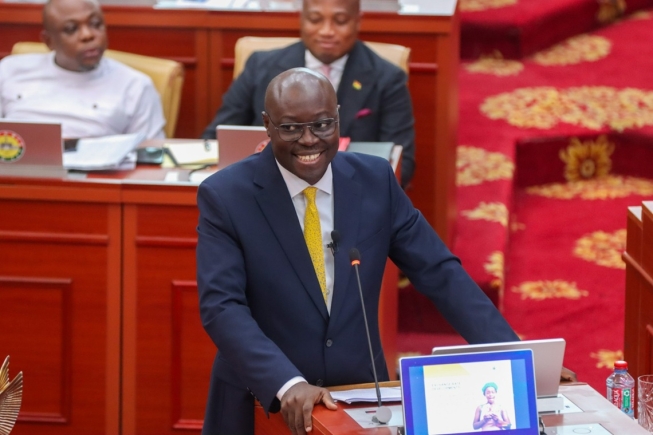Real sector figures from the mid-year review suggest reason for cautious celebration. First-quarter GDP grew by 5.3 percent year-on-year, powered equally by agriculture and services, while non-oil GDP expanded 6.8 percent.
Within agriculture, yields from fisherfolk and horticultural exporters outpaced the more modest recovery in staple crops, pointing to a patchwork rebound across sub-sectors. Services posted a healthy 5.9 percent gain, yet almost half of that was driven by ICT, leaving finance, transport and tourism trailing behind.
This pattern, nevertheless, begs two critical questions: Is the agricultural surge a one-off bounce—perhaps from lessening base effects or temporary trade incentives—or the prelude to deeper investments in irrigation, cold chain storage and value-chain financing that can weather global price swings? And can service-sector growth move beyond the tech enclave? If finance, logistics and domestic tourism remain laggards, the economy may be tilting too heavily on a few digital champions rather than broad-based expansion.
On inflation, the news is equally mixed. Headline consumer-price inflation plunged from 23.5 percent at the turn of the year to 13.7 percent by end-June 2025, a striking disinflation that vindicates tighter monetary settings. Yet households still contend with food inflation north of 16 percent, and producer costs continue to exert upward pressure on transport and manufacturing inputs.
This dichotomy raises pressing issues: Does the headline deceleration mask entrenched staple-food inflation that could erode real incomes, especially among the urban poor? And after producer-price inflation collapsed from over 26 percent in late 2024 to single digits, how much of those cost reductions are actually filtering through to families at the market stall, versus fattening corporate margins along the distribution chain?
Fiscal receipts reflect both progress and persistent gaps. Customs and import duties missed targets by GH¢1.6 billion in the first half, owing largely to smuggling and valuation disputes at Tema and Takoradi ports. In contrast, mining royalties and VAT on non-oil goods outperformed projections, buoyed by stronger export volumes and improved e-filing compliance.
Here, two questions stand out: Are the non-oil revenue gains driven by lasting reforms—digital tracking, risk-based audits and taxpayer education—or chasing one-off windfalls that could fade as commodity prices normalize? And what targeted measures will close the GH¢1.6 billion import-duty gap? Without sealing tariff loopholes and fortifying customs administration, even a buoyant cedi may not translate into budgetary stability.
Ghana’s government deserves credit for steering key indicators back toward calmer waters. Fiscal discipline has tightened, inflation is retreating, and the cedi’s rally has lifted market confidence. But these wins remain fragile unless accompanied by deeper governance reforms—strengthening budget controls, modernizing customs processes, and overhauling public-sector enterprises. We must resist the siren call of price-cut diktats.
Recent public exhortations by the Trades and Communications Ministries, pressuring retailers and service providers to slash prices, risk papering over structural cost-build-ups rather than removing their root causes. If policymakers bypass the hard work of supply-chain reform, logistics modernization and transparent contracting, today’s headline gains will prove short-lived. A sustained economic revival hinges on getting the governance fundamentals right. It is only by doing so that Ghana can turn short-term recoveries into lasting progress.
Recommendation
To sustain recovery and anchor economic stability, Ghana must reinforce coordination between fiscal and monetary authorities through a clear, rule-based macroeconomic framework. Fiscal policy should prioritize targeted investments in productivity-enhancing infrastructure and social protection, while avoiding unbudgeted expenditures and politically driven subsidies that can destabilize inflation targets.
In parallel, the Bank of Ghana should maintain transparent interest rate guidance and sterilize excess liquidity from deficit financing, all while working with the Ministry of Finance to project realistic revenue paths and borrowing plans.
source: imaniafrica.org



